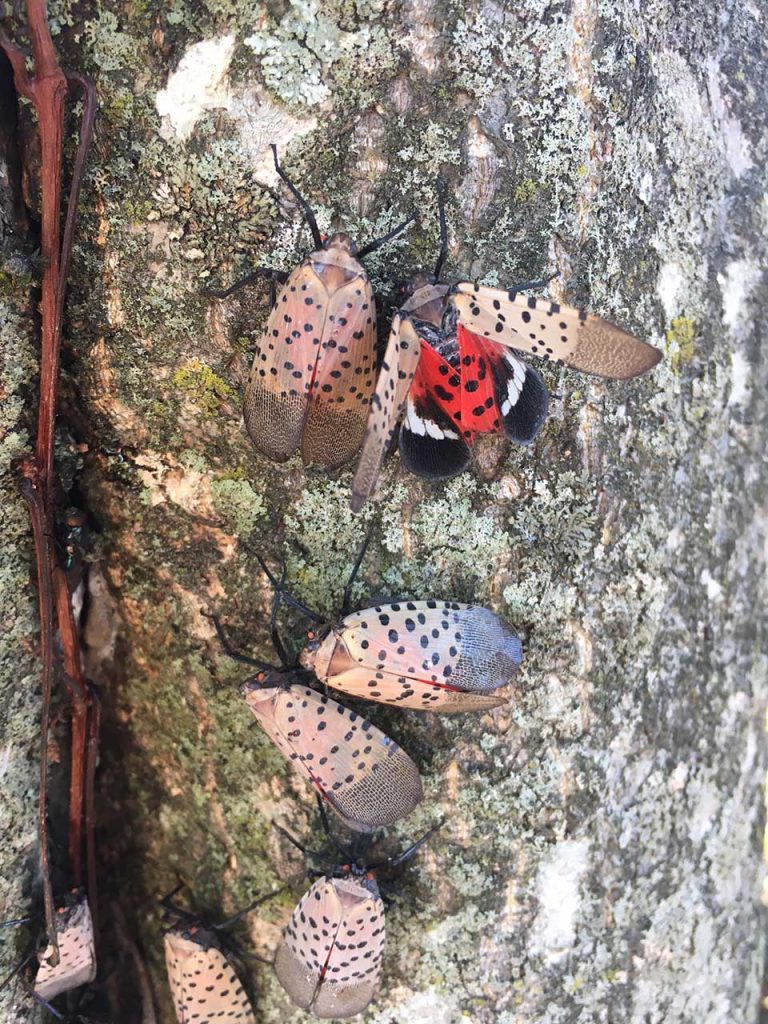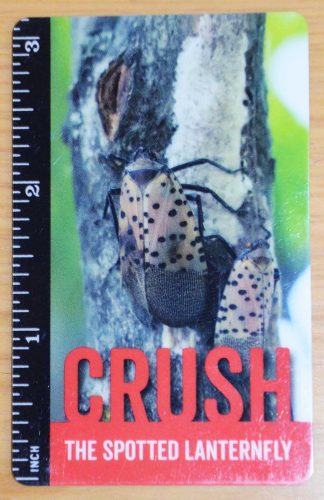On the Offensive
Residents enlisted to scrape spotted lanternfly egg masses.

 New Jersey Department of Agriculture Secretary Douglas Fisher is encouraging New Jersey residents to help take part in eliminating spotted lanternfly egg masses. While the adult spotted lanternflies cannot survive the freezing temperatures, they do lay egg masses that survive the winter and then hatch in late April or early May.
New Jersey Department of Agriculture Secretary Douglas Fisher is encouraging New Jersey residents to help take part in eliminating spotted lanternfly egg masses. While the adult spotted lanternflies cannot survive the freezing temperatures, they do lay egg masses that survive the winter and then hatch in late April or early May.
“The more of these egg masses that can be destroyed now and before spring, the less of these nuisance pests there will be next year,” Fisher said.
Spotted lanternfly egg masses hold between 30 and 50 eggs of the invasive species. One sign to look for to see where spotted lanternfly has been is a black sooty mold on a tree. The spotted lanternfly prefers the tree of heaven, which is common in New Jersey. The egg masses can be found on almost any kind of surface, including on vehicles, park benches, steps or outdoor stairways, or on the sides of buildings.
The egg masses can be scraped with a credit card (or something similar). It is important to press against the egg mass and hear the eggs popping as they are being scraped. The popping sound signifies the eggs are being destroyed. Scraping cards are available at the Rutgers Extension office in each county.
Since October 1, 2021, NJDA and USDA staff have scraped nearly 340,000 egg masses and treated almost 20,000 acres.
While the spotted lanternfly is not a threat to humans or animals, it is known to feed on numerous types of vegetation.
The spotted lanternfly is native to Asia, but arrived in the U.S. in Berks County, PA, on a shipment in 2014. The species has been advancing ever since. Due to the insect’s excellent hitchhiking ability, there are now 14 states that have confirmed populations.
For homeowner and business resources, and other information about spotted lanternfly go to badbug.nj.gov. n








